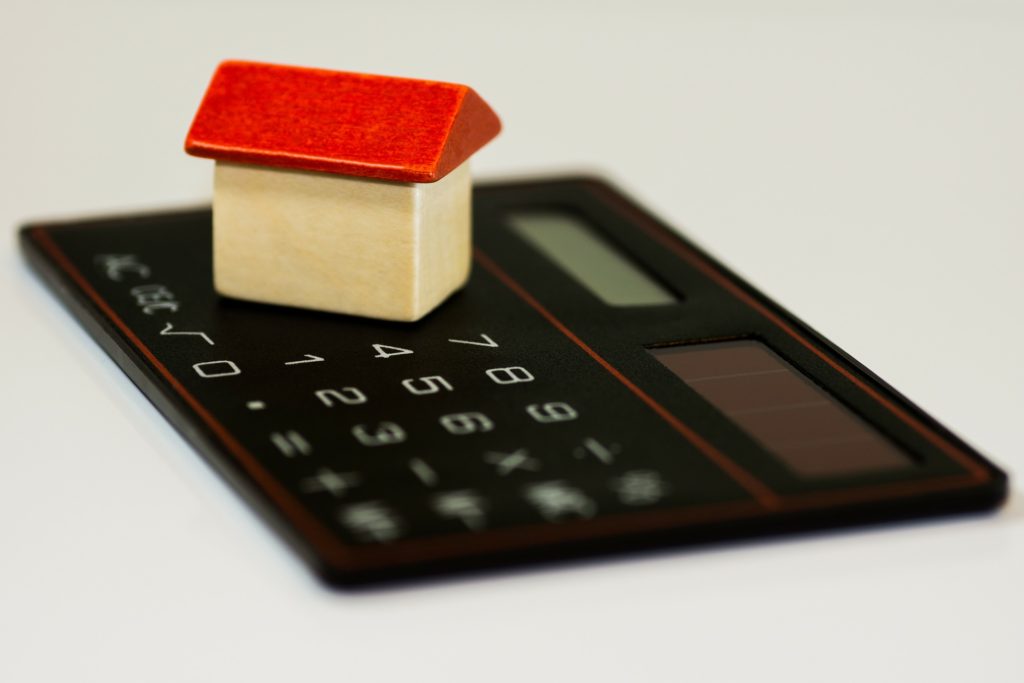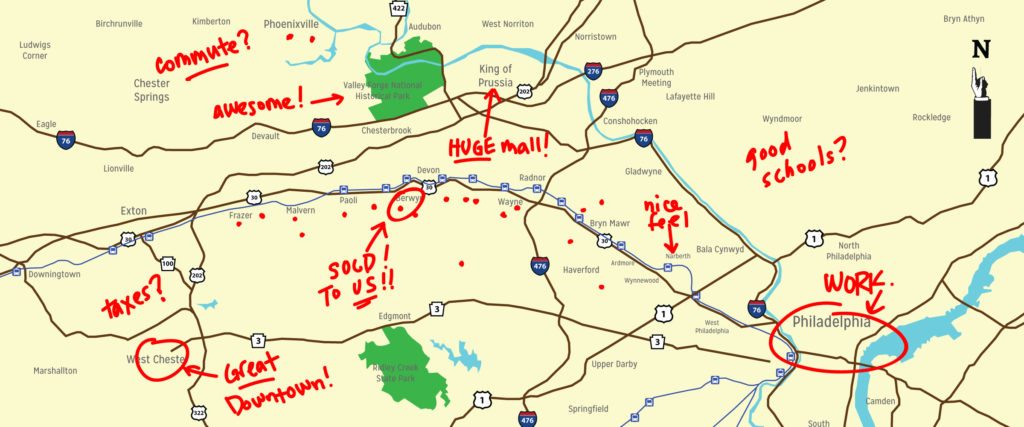
When you list your house for sale, how do you (or your agent) determine value? One of the most informative data sets is what nearby properties in the same school district, in similar neighborhood, of comparable size and condition have sold for. It’s important to know what buyers actually paid for a house (as opposed to what a seller listed it at). However, it’s also vital to understand your competition. What do I mean? I mean which other houses are currently on the market that a prospective buyer might look at if he or she is looking at yours?
Your agent should not only tell you about, but take you to see these other properties. The way to make the most of being able to tour these other homes from the perspective of a buyer is to see it (and then, later, your own home) from the most objective viewpoint as possible. Note the positives and negatives (does it have a steeply sloped yard? is there highway noise? are the windows old? closets small? how’s the kitchen? what about the layout? nice private patio? attached garage?).
Ok. Now go back to your house. TRY to assess it using the same criteria. Do your best to ignore the sentimental value of your home and look at it through the eyes of a stranger who is looking at it with a critical eye–just like you did with those other houses for sale. Put aside special memories associated with particular spaces. Talk with your agent about your analysis and listen to what he or she tells you about the (general) public’s preferences–features of your house that are “quirky” even if they speak to your own idiosyncratic tastes may not be as appreciated by buyers. Now that you understand what else buyers are seeing that is similar to your house (as well as what kinds of other houses they are seeing in the price range you are considering), you are in a better position to put a price tag on your own house.


Leave a Reply